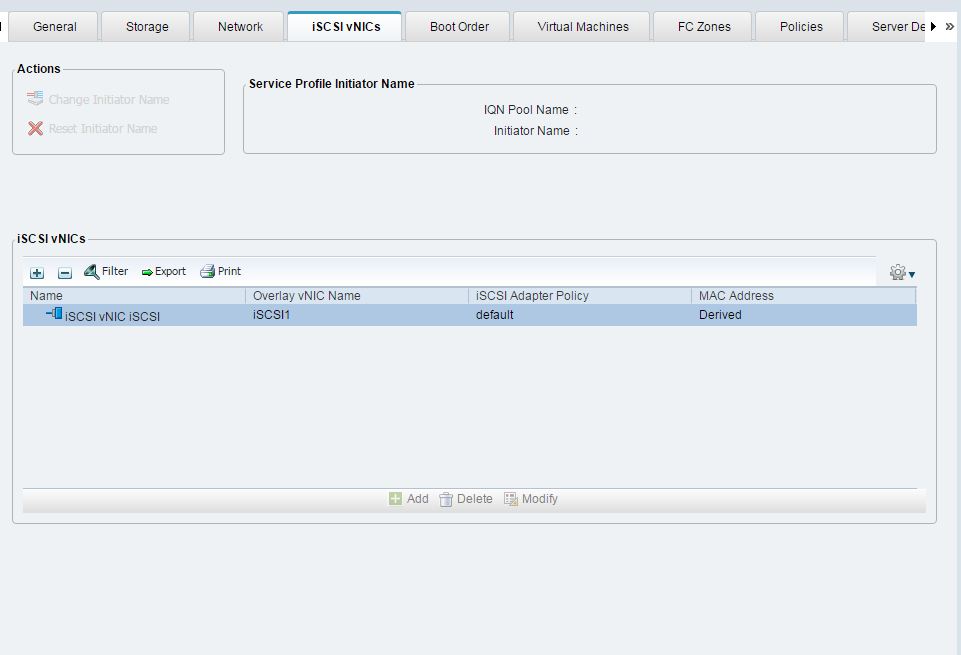Mac addresses should not be allocated when a vNIC is first added to the VM. Only when a VM is first run, or is cloned from a template, allocate all addresses and make sure that mac matches name. This leads to a predictable name-mac-pci mapping, which in sane, clean guests, leads to predictable name-guest. 7 - How does a vNIC get a MAC address? 7 - Which Transport layer protocol does PPTP use? 7 - Which secured tunneling protocol might be able to. 7 - Which type of hypervisor is installed on bare. 7 - When surfing online, you get some strange data on. 7 - Which current protocol is used to create secure. When user selects a static mac address and uses ‘generate’ button (shown below) the mac address is generated from scvmm’s global static mac address pool. In fact when a new vm is created with ‘dynamic’ mac address for a vnic, that vnic’s mac address will be all zeroes until you start the vm. Another insanity. How does a vNIC get a MAC address? Each vNIC is automatically assigned its MAC address. Subnetting operates at Layer while VLANs function at Layer. Layer 3 and Layer 2. Which VLAN on a switch manages untagged frames? Native VLAN manages untagged frames. How does STP work? It shuts down certain ports on a switch to prevent loops. Modifying VNIC MAC Addresses. Any VNIC that a user creates can only have one MAC address. You can modify the MAC address by using the dladm modify-vnic command. You can configure the VNICs created for kernel zones with one or more MAC addresses.
- Vnic Mac Addresses Manualdwnloadblock White Pages
- How To Find Mac Addresses
- Vnic Mac Addresses Manualdwnloadblock Addresses
Today I’m going to show you how to add a second NIC to an Azure Virtual Machine and how to change the MAC Address on your Azure Virtual Machine.
I had this requirement while automating the deployment of a component that is license locked to the MAC address of a NIC. In itself this is not a problem but combined with Azure and our deployment workflow it presented some challenges. As part of the deployment workflow the Azure VM is deleted and restored from a VHD image. Since this process creates a new VM and new NICs you also get a new MAC address every time which caused the license check to fail.
To avoid interfering with the normal operation of the networking in Azure I thought it best to add a second NIC on its own subnet and use it for the license while leaving the default NIC intact.
So the first step was to create a new subnet and to give it a different IP address range from the default NIC.
The second step is to add another NIC to the VM when you create it:
Add-AzureNetworkInterfaceConfig -Name 'LicenseNIC' -SubnetName 'License' -VM $NewVM
Thirdly there is the PowerShell script to change the MAC address when the new VM is created. Credit to Jason Fossen for the original script. This script is executed on the VM itself not against Azure. You can use Invoke-Command for instance as part of your deployment script to execute it remotely on the VM.

In the script I identify the NIC used for licencing based on it’s IP address 10.32.2.* and then I retrieve the index number for this NIC. This index is the same one used to find this NIC in the registry.
$indexobj = Get-WmiObject win32_networkadapterconfiguration -Filter 'ipenabled = 'true' | Where-Object {$_.IPAddress -like '10.32.2.*' } | Select-Object -Property Index
$index = $indexobj.index
The registry key for the NIC always has four digits, so padleft, then get the key.
$index = $index.tostring().padleft(4,'0')
$regkey = get-item 'hklm:systemCurrentControlSetcontrolclass{4D36E972-E325-11CE-BFC1-08002BE10318}$index'
Vnic Mac Addresses Manualdwnloadblock White Pages
Set a new value for MAC address, in this case 30-D5-1E-DD-F2-A5.$regpath = 'hklm:systemCurrentControlSetcontrolclass{4D36E972-E325-11CE-BFC1-08002BE10318}$index'
set-itemproperty -path $regpath -name 'NetworkAddress' -value $('30-D5-1E-DD-F2-A5')
If the NIC is not refreshed the new MAC address is not picked up by the licensing component we used. This may not be neccesary depending on your use case.
ipconfig.exe /release ''$($thenic.netconnectionid)'' | out-null
$thenic.disable() | out-null
$thenic.enable() | out-null
ipconfig.exe /renew ''$($thenic.netconnectionid)'' | out-null
How To Find Mac Addresses
If you now look at your NIC properties you will see the new MAC address.
PS. On my Windows 10 machine it didn’t display properly on the NIC properties but you can use ipconfig /all to see the MAC address.
Vnic Mac Addresses Manualdwnloadblock Addresses
- How To Convert A Linux Disk Or Image File To VMDK File - July 8, 2020
- Read SMART Attributes Using PowerShell And Smartmontools - February 10, 2020
- How To Install OMS Agent On Server Core - June 25, 2018
